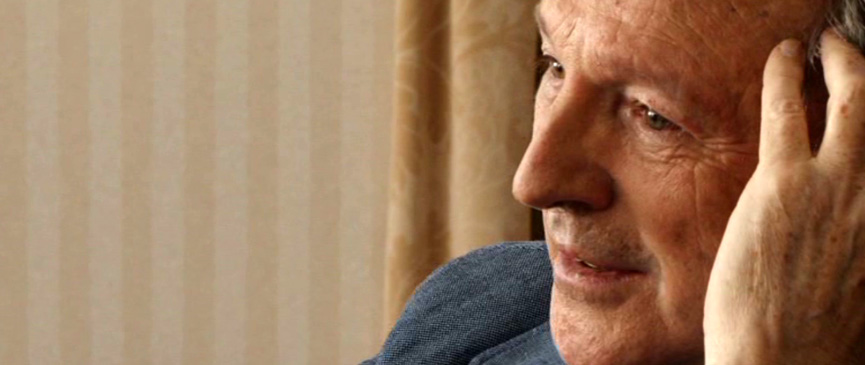You are in:
Laureates
Start of main content
Rafael Moneo
Prince of Asturias Award for the Arts 2012

How can I express how honoured and surprised I was to learn that I had been granted the Prince of Asturias Award for the Arts? Honoured as an architect to see once again the recognition of the fact that our work is not so different from that of painters, sculptors, musicians, filmmakers, photographers and so many others who help shape the world in which we live. Surprised to see that those who made up the jury valued the work of an architect who has devoted his professional life to the construction of a wide variety of buildings, to the teaching of architecture, to sharing his interest in architecture with students. And I was overwhelmed with gratitude to the jury when I read that they understood that my work “enriches urban spaces with an architecture that is serene and meticulous”. How I wish that were so!
There was a time when building did not require the presence of an architect. The architect’s trade had not yet made its appearance. Building was yet another activity among the many needed to survive. However, the necessary specialisation that accompanied the evolution of the human species soon gave way to concrete tasks related to building that culminated in the appearance of the architect. It may well be the memory of that very remote past which is behind the instinct to build that still thrives within us today. The popular expression “there is an architect inside every one of us”, would seem to confirm this. Along with this innate attraction for building, there is, in the use we make of the term today, an understanding of what this profession forged in the Renaissance actually is: the architect as someone who, with a mastery of drawing, which the Italians then called disegno, was able to shape what was built. The Italian term later moved on to the English term design and the Spanish term diseño, with the assumption that the practitioner masters both the technical knowledge and the ability to give expression to the aesthetic zeitgeist of a particular moment in time. Today the role of the architect as a technical expert seems to have lost ground, while the artistic component that has always accompanied our trade prevails over its technological counterpart. The architect, as the person responsible only for the image, the appearance that buildings offer us. This is the situation we now find ourselves in.
I would like architects –and by saying architects, I am thinking of those to come– to continue to keep alive that necessary rationality that survival requires, without forgetting how much mortals imbue what they build with their conception of the world. I would like architects to continue to be involved in the process of building, knowing and understanding the formal and structural aspects that determine what buildings are. I would like architects to make the construction of the city the rationale underlying their profession. A city that makes our work transcend the strictly personal, since within this work what is public inevitably intersects with what is private.
On finding myself receiving the Prince of Asturias Award here today in my capacity as an architect, I must say how deeply grateful I am to my profession. A profession that has caused me to live continually inquiring into the reasons that explain the shape of everything surrounding us. The shape of the landscape, of cultivated fields, of the bridges that help us cross rivers, of the mechanical devices we use, of everyday objects, of the clothes we wear, of the works of art that tell us who we are and, of course, of the buildings and elements with which cities are built. Having reached this point in my life, to see the world through the eyes of an architect is something that I truly celebrate, as it has made me look at things with curious attention and see the past as something not so very different from the present.
My gratitude should also extend to those who have stood by my side. To my family, to my mother, who, if she had lived a few more years, would have been so happy today, and to my father, who pushed me to take up architecture; to my wife, Belén Feduchi, and my daughters, Belén, Teresa and Clara, who have always been there for me and without whose generous assistance I would not have been able to do my work. And to the many students and colleagues with whom I have shared a love of architecture; to those who have worked with me in my studio. This distinction is undoubtedly theirs as well. Finally, I would like to express my deep gratitude to the Jury, which, in such difficult times for those working in this profession in Spain, has wished to open a window of hope with this distinction they have conferred on me.
End of main content
Sección de utilidades
Fin de la sección de utilidades
- Legal document Legal document (Access key 8)
- | Privacy policy Privacy policy (Access key )
- | Social networks ???en.portal.pie.menu107.title???
- | Cookies ???en.portal.pie.menu110.title???
- | Site map Site Map (Access key 3)
- | Contact Contact (Access key )
- | XHTML 1.0
- | CSS 2.1
- | WAI 'AA
© Copyright 2024. FUNDACIÓN PRINCESA DE ASTURIAS
 Minutes of the Jury
Minutes of the Jury


